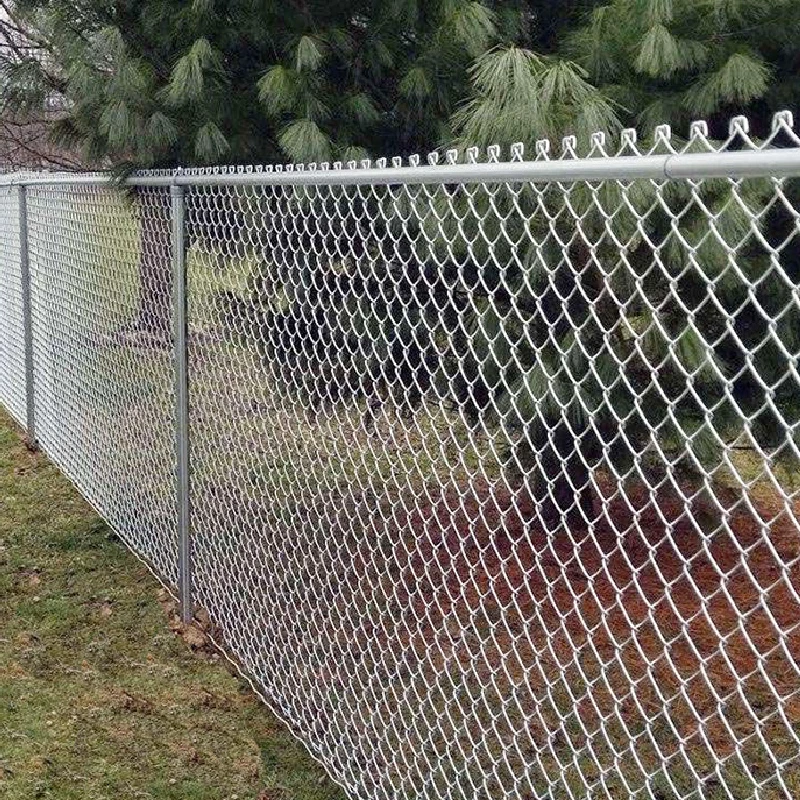Dec . 22, 2024 23:23 Back to list
Mesh Reinforcement Techniques for Strengthening Concrete Foundations and Bases
The Importance of Mesh for Concrete Bases
When it comes to constructing durable and long-lasting concrete bases, one of the essential components that cannot be overlooked is the use of mesh reinforcement. Concrete, though strong in compression, is relatively weak in tension. This is where mesh comes into play, providing significant strength and stability to paved surfaces, foundations, and other structural elements. This article will delve into the importance of using mesh in concrete bases, its types, applications, and best practices to ensure optimum performance.
Why Use Mesh Reinforcement?
Concrete structures face various forces, including tension, shear, and bending loads. An unreinforced concrete base can crack under these stresses, leading to potential failures that can be hazardous and costly. Here’s why mesh reinforcement is crucial
1. Crack Control Mesh acts to control the propagation of cracks in concrete. The presence of mesh helps absorb tensile forces, preventing cracks from expanding and leading to larger structural failures.
2. Increased Load-Bearing Capacity Adding mesh reinforcement increases the load-bearing capacity of concrete bases. This is particularly important for pavements and slabs that experience heavy traffic or industrial loads.
3. Improved Flexural Strength Mesh significantly enhances the flexural strength of concrete, allowing it to withstand bending forces that might otherwise cause it to warp or sag.
4. Cost-Effective Solution While the initial investment in mesh may seem substantial, the long-term savings in maintenance and repairs due to increased durability can lead to overall cost savings.
Types of Mesh Used in Concrete Bases
Several types of mesh are utilized in concrete reinforcement, each serving different purposes based on the project’s requirements
1. Welded Wire Fabric (WWF) This is perhaps the most commonly used type of mesh for concrete slabs and pavements. It consists of a grid of interwoven steel wires that provide uniform support throughout the concrete.
2. Reinforcing Bar Mats For larger or more demanding projects, reinforcing bar mats are used. These consist of rebar arranged in a grid pattern and are ideal for heavy-duty applications such as highway and industrial flooring.
3. Fiber Mesh This is a newer option that involves adding synthetic fiber directly into the concrete mix. While it may not replace traditional mesh in all applications, it can significantly enhance the performance of the concrete, particularly in reducing shrinkage cracks.
4. Geogrids In situations where soil stabilization is necessary, geogrids can be combined with concrete bases. They improve stress distribution and enhance the load-carrying capacity of subgrade soils.
mesh for concrete base

Applications of Mesh in Concrete Bases
The use of mesh reinforcement spans a wide variety of applications, including
1. Residential and Commercial Slabs Most concrete floors in homes and businesses are reinforced with mesh to ensure they can handle daily traffic and loads without cracking.
2. Pavements Roadways, driveways, and sidewalks greatly benefit from mesh reinforcement, which provides the necessary tensile strength to resist cracking from weather changes and load stresses.
3. Foundations When pouring concrete for foundations, mesh reinforcement is utilized to enhance the base's overall integrity and support the weight of the structure above.
4. Industrial Flooring In factories or warehouses where heavy machinery operates, reinforced concrete bases are essential for safety and longevity.
Best Practices for Using Mesh in Concrete Bases
To ensure effective performance, consider the following best practices
1. Proper Placement Mesh should be placed in the middle of the slab, not too close to the surface or the bottom, to maximize its effectiveness in crack control.
2. Use the Correct Type Choose the appropriate mesh for your specific application, considering factors such as expected load, environmental conditions, and soil type.
3. Quality Materials Use high-quality mesh and concrete to prevent premature degradation of both materials, ensuring the longevity of the structure.
4. Follow Local Codes Always adhere to local building codes and guidelines when designing and constructing reinforced concrete bases.
Conclusion
The incorporation of mesh reinforcement into concrete bases is not merely an option but a necessity for ensuring structural integrity and longevity. By understanding its importance, types, applications, and best practices, builders and contractors can make informed decisions that enhance the durability and safety of their construction projects. Ultimately, investing in quality mesh reinforcement pays off through reduced maintenance costs and extended service life of concrete structures.
-
Reinforcing Mesh: Core Material of the Construction Industry
NewsJul.07,2025
-
Welded Wire Fabric Reinvented for Modern Projects
NewsJul.04,2025
-
Superiority of Stainless Steel Woven Mesh
NewsJul.04,2025
-
Key Types of Razor Wire and Their Applications
NewsJul.04,2025
-
Durable Metal Fence Types for Security
NewsJul.04,2025
-
Best Materials for Livestock Fence
NewsJul.04,2025
products.







